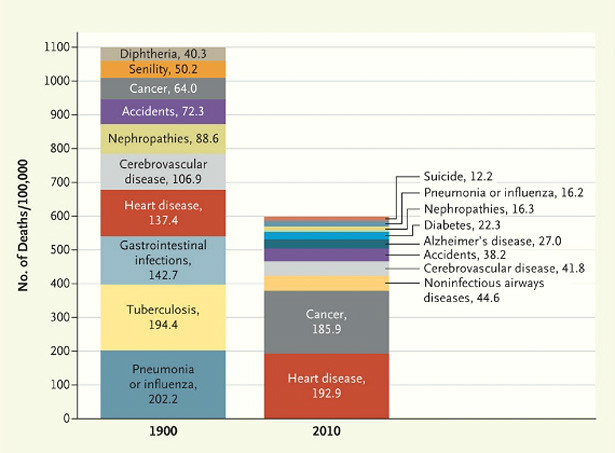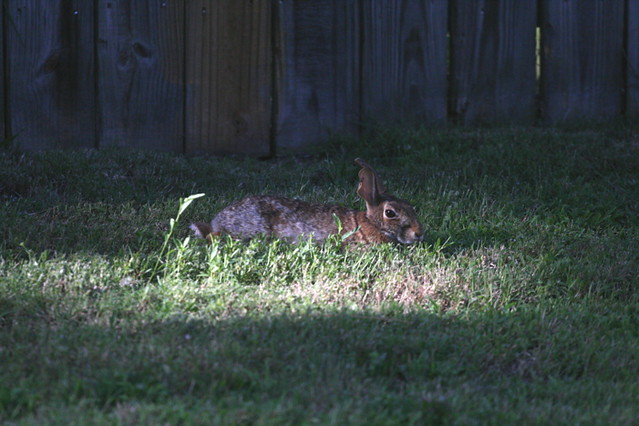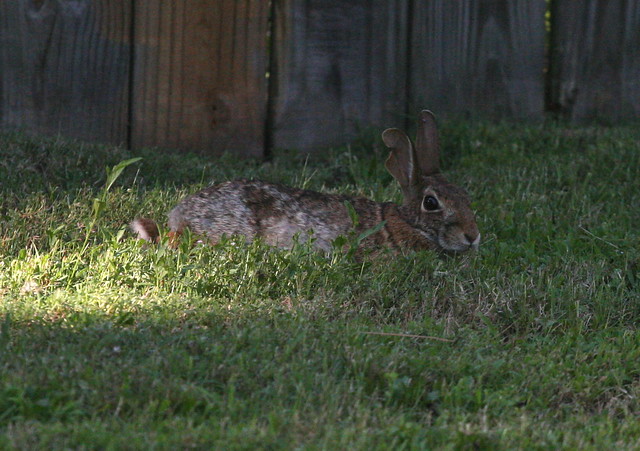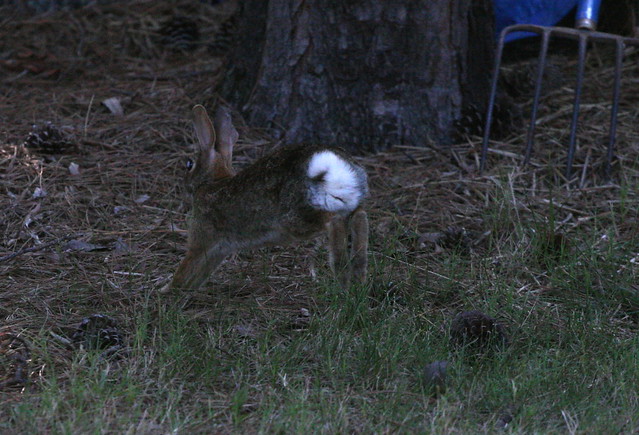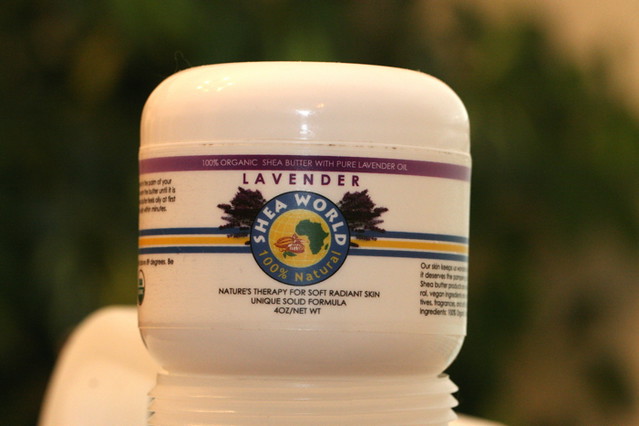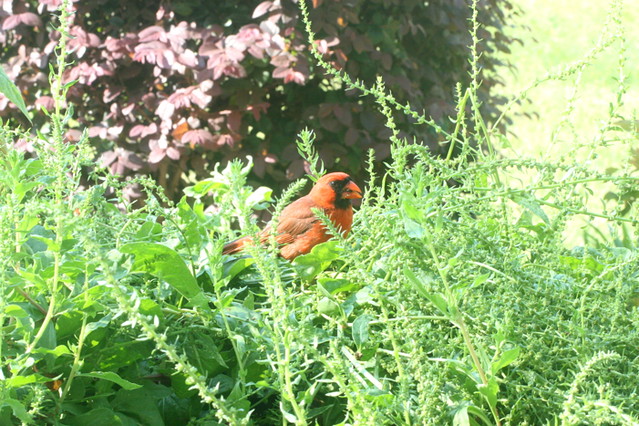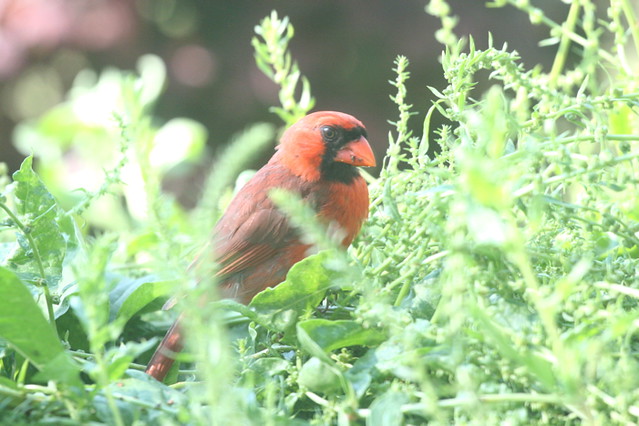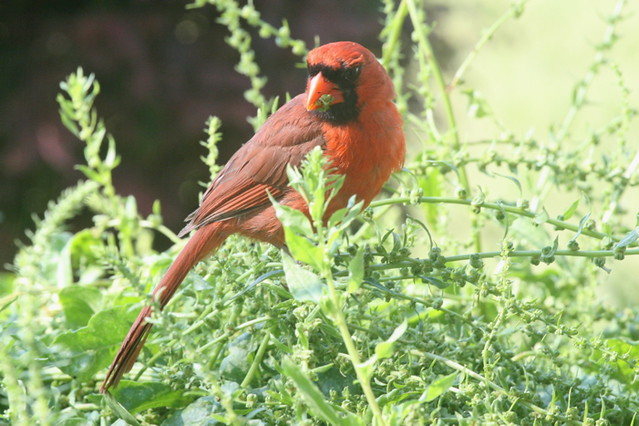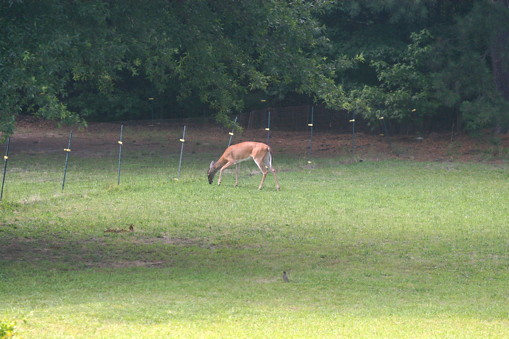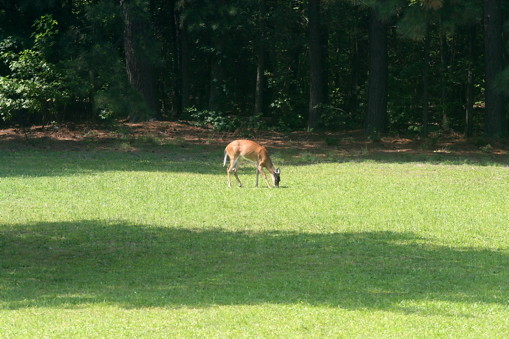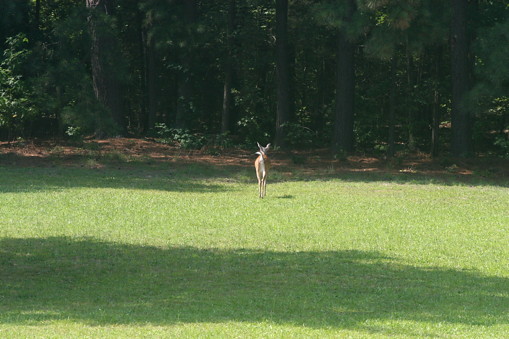There is a growing amount of attention focused on the deadly impact of sugar, in all its forms—yes, even natural sugars in fruit, though this impact is partially mediated by the fiber in fruit.
Three points in this post that create a macro-connection:
1. The rise in death by cancer from 1900 until now: 64 deaths per 100,000 in 1900 versus 185.9 deaths per 100,000 in 2010 (graph from The New England Journal of Medicine).
2. The prevalence of sugar in the American diet, obesity rates being the most obvious sign. All one has to do is read food labels to see how much sugar is in the packaged foods we buy. Just last weekend, I went through my pantry and tossed out a number of jars and packages of food containing sugar: Trader Joe's Peach Salsa, Trader's Joe's Corn Salsa (sugar was second ingredient on the list), agave nectar (duh), dried figs (concentrated sugar in smaller, dried, form), etc.
3. Research released on June 26, 2012, in Molecular Systems Biology, that shows how depriving cancer cells of sugar leads to their apoptosis (death) without harming other normal cells. Dr. Gabe Mirkin has pointed out that chemotherapy and radiation will never be a cure for cancer because they both kill normal cells as well as cancer cells. To generate levels strong enough to kill all the cancer cells would destroy too many normal cells. But when cancer cells are deprived of sugar, their only source of energy, they die on their own. (Read Dr. Mirkin's report on this research at his website, here.)
Here's the opening paragraph from Dr. Mirkin's report:
"This week a realistic cure for cancer was presented by Thomas Graeber of UCLA (Molecular Systems Biology, June 26, 2012). His team showed that depriving cancer cells of the sugar, glucose, kills them by causing the cancer cells to accumulate Reactive Oxygen Species (ROS). As ROS accumulate in cells, they damage the large molecules in cells, such as DNA and RNA, and cause apoptosis, the programmable death of cells. This specifically kills cancer cells without harming normal cells."
So, connect these three macro-dots: A huge increase in cancer rates in America coupled with a huge increase in the consumption of sugar in America, and brand new research that shows depriving cancer cells of sugar leads to their death . . . .
Even with this research, I wonder how many cancer patients will continue to be fed sugar as part of their hospital meals, and how many will be told by their doctors to remove sugar from their diets. I'm not suggesting that eliminating sugar is a cure for all cancer, but the big trends seem to suggest it could be part of the cause now that we know how dependent cancer cells are on sugar for survival.
Takeaway: An accepted notion is that every human body has rogue (cancer) cells in it all times. If those cells don't "take root" and become "cancer" it's because the body's immune system has eliminated them before they have a chance to multiply and spread. Therefore, the goal is not to wait until we "get cancer" to try to fight it by eliminating sugar from the diet, etc. The goal is to maintain an "anti-cancer" inner-environment all the time so cancer cells have little opportunity to find food (sugar) and become established. Such an inner-terrain is an alkaline environment (sugar being the opposite, acidic) fed by cancer fighting foods, specifically cruciferous veggies, dark leafy greens, and other anti-cancer foods and herbs. (See sources like AntiCancer (2nd edition) by Dr. David Servan-Schreiber and Foods to Fight Cancer by Dr. Richard Béliveau and Dr. Denis Gingras.)
And, the point of this post, the elimination of sugar, cancer's main energy food.
It's easy to forget that sugar is a processed food. It's also easy to rail against the "processed food" plague while consuming vast quantities of other processed foods (oils, sugars, etc.) along with our organic, locally-grown, whole-foods fare. If sugar had been left where God created it—in the fruits and some vegetables like carrots and beets—we probably wouldn't be having this discussion.
Processed foods are another example of not everything that is possible being helpful (1 Corinthians 10:23).
Addendum: Because a good question was raised in the comments on the distinction between glucose, fructose, and sucrose in the study mentioned above, I contacted Dr. Mirken for clarification, which he promptly provided:
"All sugars are inter-convertible. For example, glucose is the only sugar allowed to circulate in your bloodstream. Fructose goes directly to your liver and is immediately converted to stored sugar called glycogen,. When your body needs sugar, the glycogen is released as glucose. Sucrose is a double sugar made of glucose and fructose bound together in a single molecule. Your body cannot absorb double sugars. It absorbs only single sugars. So the sucrose is split into glucose and fructose and each is absorbed individually. Then fructose goes to your liver to be stored as glycogen. If you have too much, it is converted to a fat called triglycerides."
Therefore, the study focused only on glucose because it's the only one the body makes available to cells for energy.
